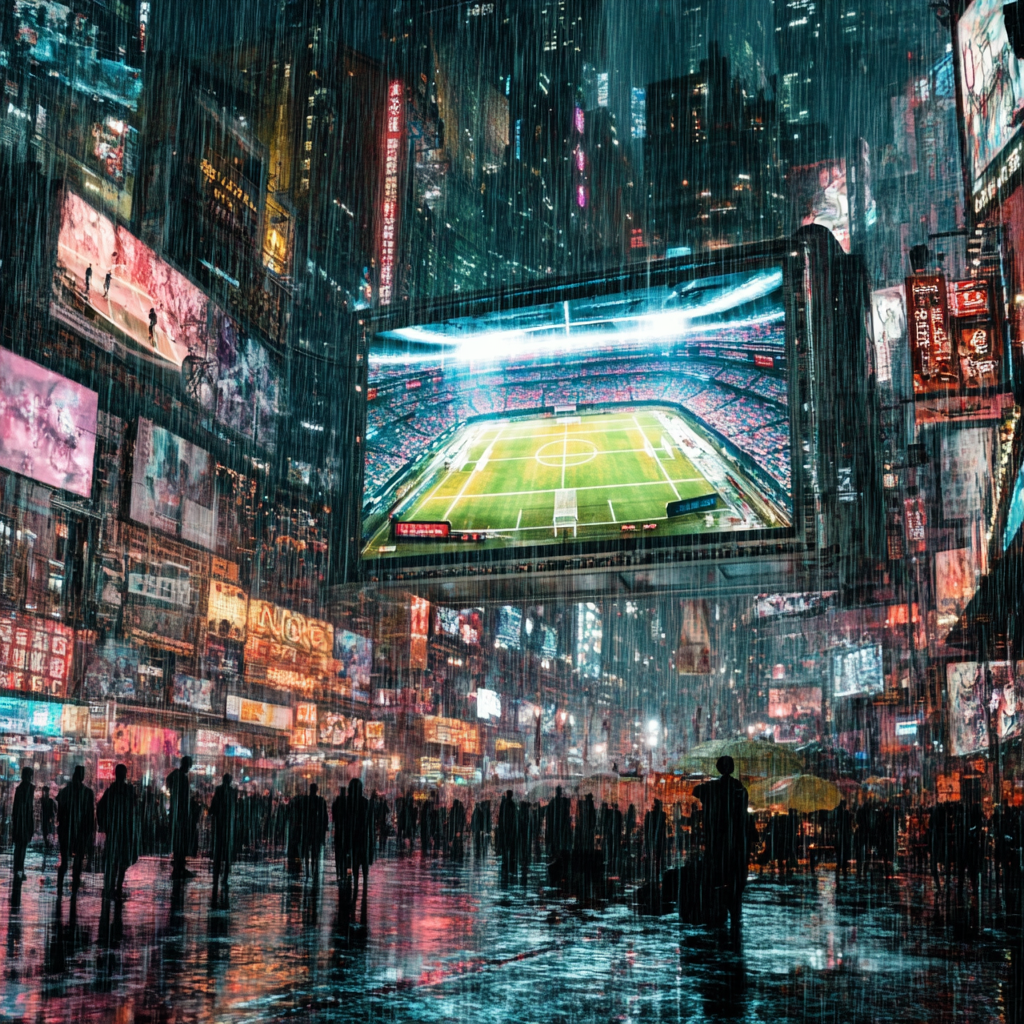A Level Start
SSR buys a fair beginning; the rest is still up to the app.

When you turn on a football match, the picture does not build itself one blade of grass at a time. The signal arrives whole. A television still has work to do, but the game is there from the first moment.
That is the difference between leaving every device to construct the picture and giving everyone a clear view straight away. The experience begins together, whether the viewer is on a high-end set or something more modest.
In player-facing apps, that idea is called server side rendering, often shortened to SSR. Instead of asking every phone or laptop to build the first view from scratch, the server prepares it in advance. The device still has work to do, but the opening is faster and consistent.
Complexity at scale
Single-page applications, or SPAs, deliver everything through one continuous web page rather than loading new pages as you navigate. This is the standard model for serious digital products. Facebook, Gmail, Netflix, Spotify, Airbnb: all follow this pattern. It allows app-like experiences in the browser, but it also shifts more responsibility onto the device.
SPAs rarely stay small. Over time they absorb more responsibilities. What begins as a simple interface evolves into a platform that supports multiple features, audiences, and flows. On powerful devices, that weight can be absorbed without much thought. On mid-range hardware that stays in circulation for years, the same application can feel heavy. The unevenness is not just about polish. When speed varies by device, the product as a whole feels inconsistent.
This is not failure. It is the natural path that every ambitious product takes as it grows. The challenge is not to avoid it, but to manage it. As with monorepos, the point is not technical purity but consistency at scale.
Removing variability
Devices will never be equal. Network conditions will never be uniform. The starting point can be. SSR provides a way to create a consistent beginning. The server delivers the first frame already assembled. Every device starts from the same place.
The benefit is not novelty. It is the removal of variability. This is how the biggest players make highly dynamic applications feel usable across the widest possible audience.
Hydration is the constant
SSR does not eliminate the real work. The server can hand over a finished picture, but the application still needs to come alive on the device. Every button must wire up, every transition attach its logic, every rule connect to the right state. That process is known as hydration.
Hydration is unavoidable. A highly dynamic application, with state that changes every second, cannot behave like a near-static ecommerce site that can be pre-rendered in full. The complexity is intrinsic. Even with careful dependency management, the weight remains. SSR does not erase it. What it buys is time. People see something recognisable and ready while the device works in the background. The cost is paid, just not in public.
Beyond the stopwatch
Core Web Vitals give us a shared framework for performance. Loading, interactivity, stability and now responsiveness all matter. SSR improves some of these immediately. Largest Contentful Paint (LCP) gets faster because the first view arrives assembled rather than pieced together on the device. Cumulative Layout Shift (CLS) often improves for the same reason: the page is stable from the start.
Those benefits are real, but they are also bounded. They matter most in the opening moment. First impressions improve, yet the time people actually spend is inside the app. Once hydrated, the application behaves like any other SPA, with the same challenges of responsiveness and smooth interaction. SSR should be seen as a foundation, not a finish line.
Metrics are signals, not absolutes. People do not experience a score. They experience whether a button responds, whether a transition feels smooth, and whether the system keeps its promises.
For developers, the value of SSR or Trusted Web Activity is not only in a stronger opening but in reducing the firefighting that comes with slow starts and inconsistent delivery. That time can be spent improving the parts of the product where people actually live.
Ingredients for premium
All of these approaches are ingredients. SSR sets a consistent starting point. Trusted Web Activity reduces the friction of delivery, bringing web apps closer to native behaviour on Android. Rich transitions and gestures create a sense of continuity and control. Haptics provide reassurance that actions have been taken. Continuous optimisation keeps the experience improving as devices and expectations change.
None of these in isolation makes a product premium. Together, they are enough. And this is not an unusual path. It is the same mix of engineering and design choices used by the most formidable digital companies in the world.
There is always the view that the answer is to go fully native. Sometimes that is right. But more often the real question is not whether the code is native or web, it is whether the experience is consistent, fast and reliable. SSR and TWA are not compromises. They are ways of making web applications feel premium without discarding years of investment. And both native and web have their fragilities, which I explored in The Fragility of Both.
The role of leadership is not to argue stack purity but to choose the levers that keep experiences consistent.
The business impact is direct. A consistent start builds trust. Smooth interactions increase engagement. Responsiveness drives retention and conversion. Predictability gives leadership confidence that scale does not erode experience. These are not abstract engineering wins. They are choices about the kind of experience that will keep people coming back.
The same theme runs through this series: the tools matter, but what defines the outcome is how they are used. SSR and TWA belong in that category.
The match should begin the same for everyone. The difference comes from how it is played, not whether the screen ever finished loading.




